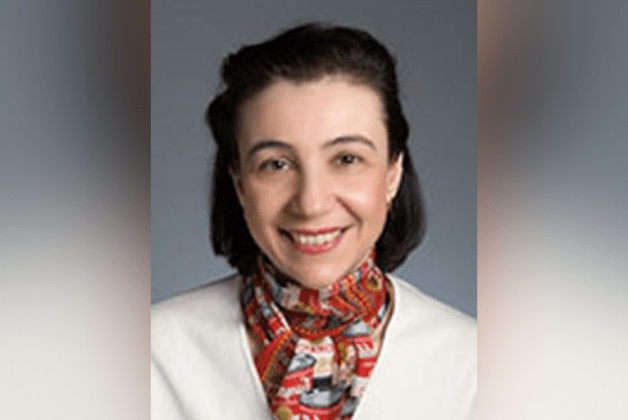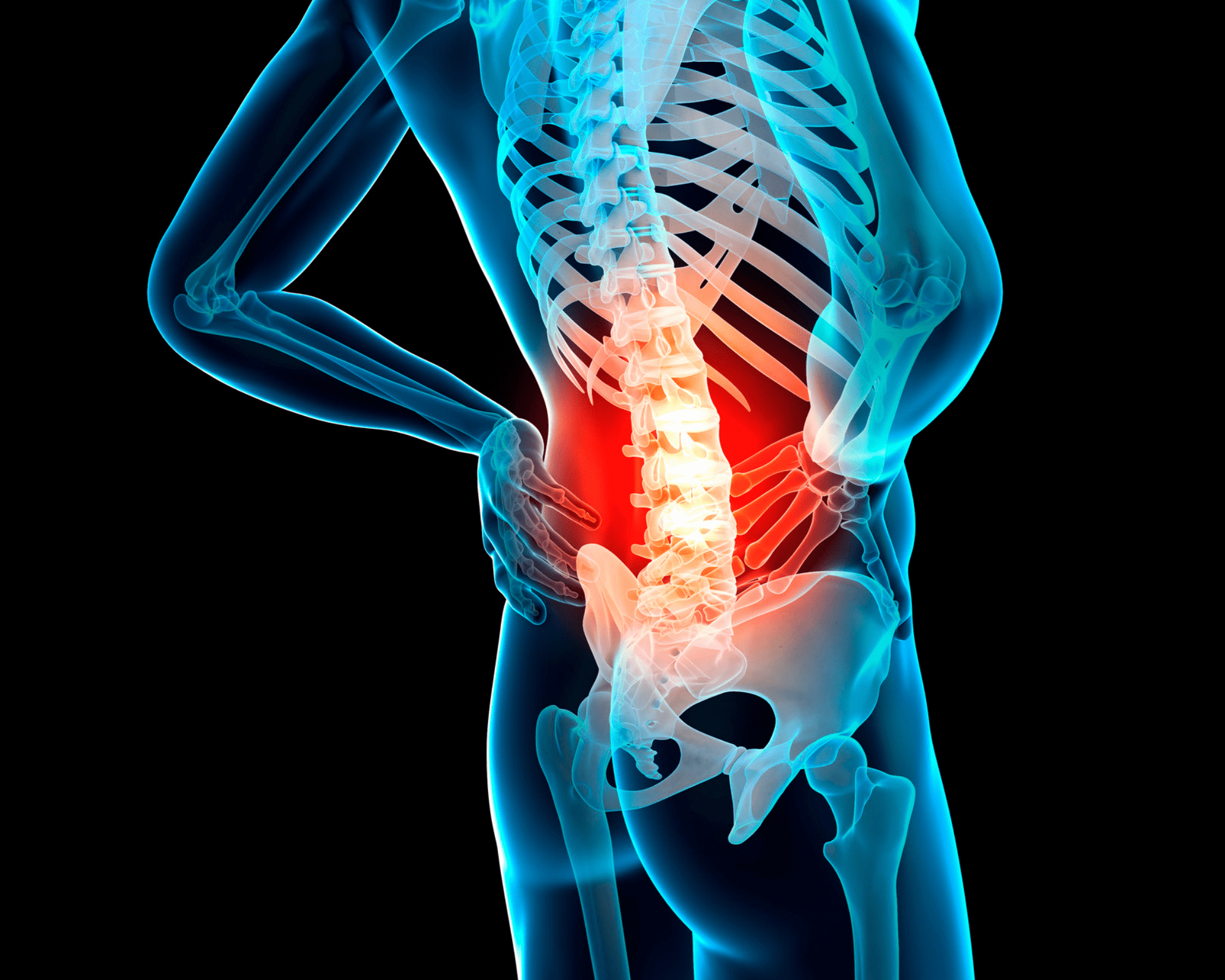Article originally published by Spinal News International
Patients have a higher preoperative expectation for decompression and fusion compared to decompression alone for the treatment of lumbar degenerative spondylolisthesis (LDS). However, patients in both groups had high proportions of expectations fulfilled at two years’ post-surgery, a new study—published in The Spine Journal by Carol Mancuso (Hospital for Special Surgery, New York, USA) et al—has shown.

Carol Mancuso
The longitudinal cohort study, which included 357 patients, sought to compare preoperatively cited expectations and two-year postoperative fulfilment of expectations between patients undergoing decompression alone versus decompression plus fusion for LDS.
The key outcomes measures were the postoperative version of the Lumbar Spine Surgery Expectations Survey, the Oswestry Disability Index (ODI), and satisfaction with surgery.
Preoperatively patients completed the 20-item expectations survey measuring amount of ‘improvement expected’ for symptoms, physical function, and psychosocial wellbeing (score range 0–100). At two years postoperatively patients completed the follow-up survey measuring ‘improvement received’. The proportion of expectations fulfilled was calculated as ‘improvement received’ divided by ‘improvement expected’ (<1 some expectations fulfilled, >1 expectations surpassed).
Patients also completed the ODI, SF-12 mental health subscale, satisfaction with surgery, and measures of comorbidity and psychosocial status, including social support and prior orthopaedic surgery.
The patients mean age was 67 years and 61% were women. In total, 82% had single-level LDS, 73% had fusion, and the mean follow-up was 26.2 months. Compared to patients with no-fusion, patients with fusion had more pain, spinal instability, use of opioids, disability, and greater preoperative expectations survey scores (69 vs. 74, p=0.008).
The proportion of expectations fulfilled postoperatively was high and similar for both groups (0.82 vs. 0.79, p=0.4), but more variable for fusion (interquartile range, 0.32 vs. 0.4).
In multivariable analysis with the proportion as the dependent variable, fulfilled expectations was associated with better mental wellbeing (coeff =1.1, 95% confidence interval [CI] 0.6–1.7, p=0.0001) and more social support (coeff =3.3, 95% CI 1.1–5.6, p=0.004) and unfulfilled expectations was associated with prior arthroplasty (coeff= -8.6, 95% CI -15.4–(-1.9), p=0.01) and subsequent lumbar surgery (coeff= -15.6, 95% CI -25.2–(-6), p=0.002). Similar associations were also found for change in ODI and satisfaction.
Speaking to Spinal News International, Mancuso said: “Our large longitudinal study contributes to knowledge about LDS surgery by providing details about the breadth of patients’ expectations and fulfilment of these expectations according to fusion status, and by providing insights into novel sociodemographic and clinical variables associated with outcomes, specifically help at home, previous arthroplasty, and subsequent lumbar surgery.
“Understanding these variables can enhance shared decision-making between patients and surgeons and guide development of interventions to optimize preoperative status and foster realistic expectations of lumbar surgery.”






